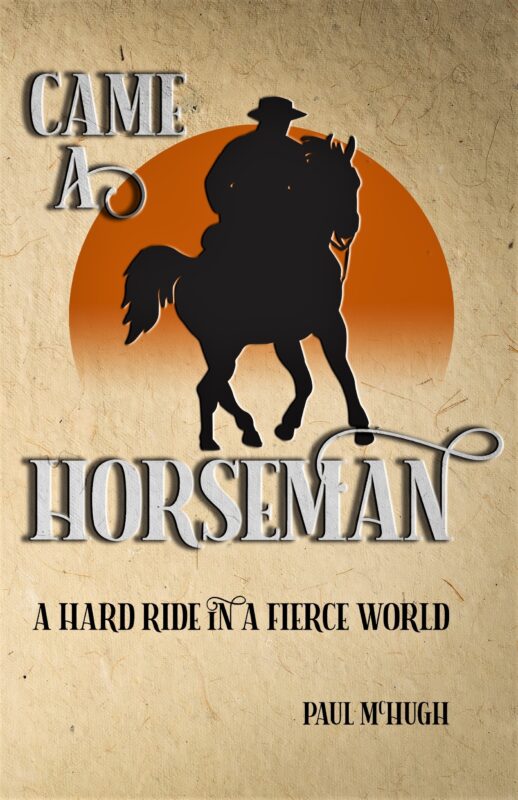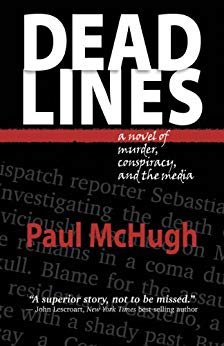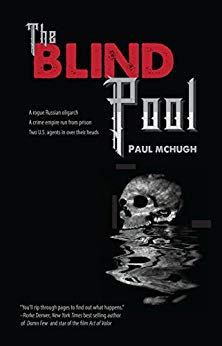California North Coast Series
Paul McHugh, Outdoors Writer
September 08
After our long, cold paddle to Crescent City on Wednesday, we beached our kayaks on Whaler Islander at the breakwater. Thursday morning, I strolled to the harbormaster’s office. The port granted us rare permission to camp — I wanted to announced that we’d arrived.
Richard Young, 58, has been harbormaster since 2003. For much of his prior life, he was a commercial angler. From his office window, he pointed out a wooden-hulled 80-foor seiner, the City of Eureka, that he grew up shrimping on with his dad.
Now, it’s a live-aboard for someone else, sold during a federal buyout of trawlers because of declining fisheries. Two years ago, Crescent City’s fleet fell from 16 working trawlers to two.
North Coast Struggling Ports
That trajectory fairly well tracks Crescent City Harbor’s overall fortunes, Young had told me on an earlier visit as I was preparing for my 400-mile kayak trip. The problems he ticked off are familiar to many of the North Coast’s struggling ports.
Crescent City has a good harbor — its south-facing channel stays safely open in all but the most daunting storms — but its 500 slips for recreational boats go begging. That’s because the depletion of Klamath River salmon has caused restrictions on fishing.
Commercial salmon troll boats were hurt even worse; their presence in the port is now negligible.
Then, the state started cutting the budgets of special districts. The harbor got nicked for $120,000 out of its operations budget of $1 million for two straight years — which meant laying off a third of the maintenance crew and deferring upkeep.
Dredging the harbor has been particularly problematic. A tenant with an abalone farm at the port blamed a failure to dredge for the death of his stock and won a $1.1 million claim in arbitration.
The port can’t challenge the award. If insurance doesn’t cover it, bankruptcy may be the port’s only alternative, Young said. “We have to let that one go,” he said. “The harbor district just has to find a way to move forward.”
I asked him if he feels like he stepped off one sinking ship straight onto the deck of another.
“More like, I walked off a dock into some very deep water,” Young said. “It’s been a bigger struggle than I would’ve thought. And yet, I see some wonderful opportunity, too. We’re crafting a new master plan, due in November.
“We need to keep fishing here as much as possible. But we must diversify, look at other activities. Like welcoming recreation and the tourist industry into this harbor.”
One traditional bright spot is the port’s shipyard, where Fashion Blacksmith remains a West Coast leading light at lengthening, widening or otherwise altering fishing boats.
Commercial Crab Fishery
Another: The cyclical Dungeness crab fishery aligned jackpots on its dial recently — ringing up numbers ($17 million in landings last year, $15 million the season before) not seen in a decade.
A new kind of bright spot, a possible harbinger of a new era, is found only a hop, skip and jump east of Young’s office. South Beach Outfitters, a surf gear and beach gift shop, sits perched above Crescent City’s gentle longboard break.
Back in 1990, that same sweet surf drew Bev and Rhynn Noll (ex-wife and son of big wave legend Greg Noll) to establish their shop, Noll Surf ‘n’ Skate, farther to the north downtown. In 1995, they launched the Noll Longboard Classic at the Crescent break. (That contest will be Oct. 1-2 this year.)
While observing one of those contests, Barry Baugh, 58, a disabled Vietnam vet, suddenly felt he should get back out riding waves himself, after a 30-year dry patch. He and wife Joni, 43, then jumped in with both feet.
They leased a dilapidated building from the port in 2003 and coaxed friends in the building trades to help them transform it into the cute seaside South Beach Outfitters.
“It’s worked out nice for both of us,” Joni Baugh told me on my earlier visit. “Barry gets to go surf, while I get to try to make us a living.”
“This port has real possibilities, if we redevelop it and market it the right way,” Young had told me. “Many cars go by on that highway. We need to give them a reason to stop and spend time with us.”
The new master plan includes museums, three restaurants, a strip of retail stores the surf shop will be invited to move into, and a three-story hotel overlooking the surf break.
Although Joni Baugh sees some stark, midwinter days when she can barely sell a bar of board wax, she subscribes to Young’s vision.
“All kinds of things should be out here,” Baugh said. “Kite shops, bike shops. People love to migrate toward water. It wouldn’t have to be overbuilt to serve them. Just nicely built.”
Abalone Farming
Chris Van Hook, 44, is the abalone farmer who won the arbitration case with the port.
He said he doubts there will be much of a future for Crescent City Harbor until much of the local scene and district management philosophy undergoes change.
A former harbor commissioner, Hook said, “They’ve already got three master plans on the shelf. In order to attract new investment, they’ve got to make people think they can treat businesses well and not play favorites.
“And if they don’t figure out a way to dredge and keep the harbor open, it’s only a matter of time before it silts in and this whole place folds up.”
On that key issue, Hook and Young see eye-to-eye, but they differ as to cause. Hook says the harbor allowed vital dredging permits to lapse. Young says the missing ingredient is federal assistance.
“The federal government used to help a lot to take care of it,” Young said as we looked out on the harbor. “But I don’t need to tell you about the demands on the federal budget now. Everything from New Orleans to Iraq subtracts money away from ongoing needs, like this one.”









